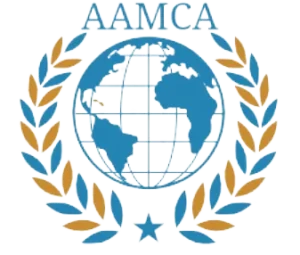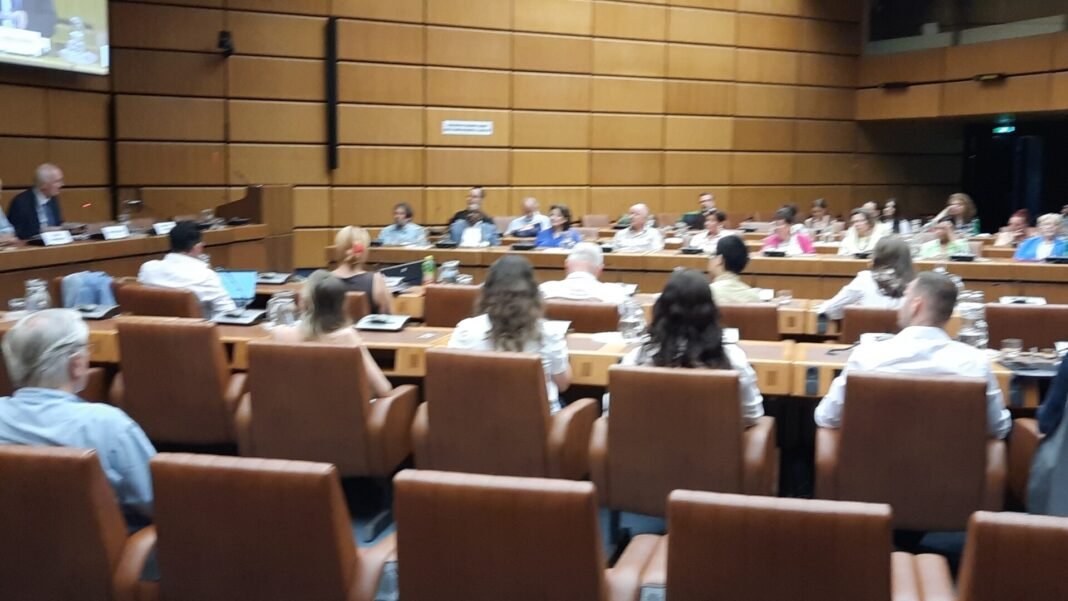Introduction to the Meeting
The NGO Committee on Peace convened a significant meeting on June 26th, 2025, at the Vienna International Center, bringing together experts, activists, and representatives from various organizations dedicated to the cause of global disarmament. The purpose of this meeting was to address urgent issues surrounding nuclear disarmament and the implications of the Treaty on the Prohibition of Nuclear Weapons (TPNW). As the world witnesses an alarming escalation in conflicts and a renewed arms race, the importance of advocating for disarmament cannot be overstated.
This gathering aimed to evaluate the progress made since the TPNW was adopted and to strategize on advancing its implementation across nations. The Treaty, which seeks to promote peace and security by prohibiting the development, testing, and possession of nuclear weapons, serves as a cornerstone in the global disarmament movement. Given the current geopolitical climate, the necessity to reaffirm the commitment to nuclear disarmament has become more pressing than ever. The participants at this meeting were tasked with examining the ramifications of an increasing military buildup, particularly concerning nuclear capabilities, and exploring pathways to mitigate these threats through effective international cooperation.
Furthermore, the meeting provided a platform for participants to share insights, experiences, and best practices while fostering dialogue among nations. Facilitating a more collaborative approach to disarmament is essential in addressing the challenges posed by nuclear arsenals, including regional tensions and global security risks. This dialogue is critical as it seeks to not only underscore the dangers associated with nuclear weapons but also to promote the broader objectives of peace and security in an increasingly uncertain world. Therefore, the discussions that unfolded were pivotal in shaping the collective response towards achieving a more peaceful and disarmed future.
Keynote Presentations Overview
During the recent NGO Committee on Peace meeting, two keynote presentations provided critical insights into the pressing necessity for global disarmament. The first presentation was delivered by Dr. Klaus Renoldner, who focused on the medical challenges posed by nuclear weapons. Dr. Renoldner emphasized that the consequences of nuclear bombings are not solely historical. The health implications extend far beyond immediate destruction, affecting survivors through long-term physical and psychological trauma. He presented data illustrating the rise in cancers and other illnesses in bomb-affected areas, underlining the continued health crises that emanate from nuclear warfare, which positions disarmament as an urgent public health priority. Additionally, Dr. Renoldner called attention to the environmental degradation caused by nuclear tests, impacting not just human health but also the habitat of countless species, contributing to a broader ecological imbalance.
The second keynote address was given by Ambassador Alexander Kmentt, who discussed the current dynamics of the nuclear arms race. In his presentation, he examined how recent geopolitical tensions have led to an escalation in nuclear stockpiling, raising alarm over the fragility of strategic stability in various regions. He articulated a critical viewpoint regarding the reliance on nuclear deterrence as a perceived security guarantee, arguing that this approach paradoxically increases the risk of miscalculation and accidental conflict. Kmentt also pointed out the international community’s failure to progress on disarmament initiatives, stressing the need for a renewed commitment to multilateral negotiations and transparency in nuclear arsenals. His address served as a powerful reminder that the path to a safer world requires both acknowledgment of the present dangers of nuclear armament and a collective effort towards disarmament.
The Scientific and Humanitarian Dimensions
The debate surrounding nuclear weapons is not only a matter of national security but also one that encompasses significant scientific and humanitarian considerations. Dr. Renoldner articulated seven compelling reasons for the prohibition of nuclear weapons, which highlight their destructive capabilities. These weapons possess the power to annihilate entire cities within moments, leaving a trail of devastation that extends far beyond the initial blast. The sheer magnitude of destruction underscores the urgent need for disarmament, as humanity grapples with the moral implications of possessing such devastating arsenals.
Moreover, the ecological consequences of nuclear weapon deployment cannot be overstated. The detonation of a nuclear device leads to severe environmental degradation, contaminating air, soil, and water resources. This destruction not only endangers current populations but poses long-term risks for future generations, as the landscape may become uninhabitable. The scars left by nuclear explosions persist for decades, affecting ecosystems and biodiversity, emphasizing the humanitarian imperative behind disarming these weapons.
The societal impact of nuclear weapons extends beyond physical destruction; it fosters a pervasive atmosphere of fear and distrust within and between nations. As highlighted by Ambassador Kmentt, the uncertainty regarding scientific knowledge related to nuclear weapons raises troubling questions about public health and safety. The potential for accidental launches or miscalculations perpetuates a cycle of anxiety, leading to increased militarization and continued arms accumulation. This state of perpetual tension inhibits international cooperation and undermines efforts for global peace. The combination of these humanitarian dimensions elevates the necessity for robust disarmament measures in order to protect present and future generations from the catastrophic consequences of nuclear armament.
Audience Engagement and Conclusion
The Q&A session following the presentations during the NGO Committee on Peace meeting was marked by a considerable amount of engagement from the audience, a reflection of the pressing concerns surrounding global disarmament and its implications for world peace and security. Attendees expressed their thoughts and posed questions that revealed a tapestry of emotions: anxiety regarding the persistent existence of nuclear weapons, confusion over the complexities of international treaties, and a deep yearning for understanding how effective advocacy can foster a more peaceful global environment. These sentiments underscored the critical importance of open dialogue and collaboration among civil society actors, governments, and international organizations.
As the audience navigated through their concerns, a key observation was the diverse range of perspectives shared during the session. Some participants emphasized the need for immediate action against nuclear proliferation, while others called for a more comprehensive approach that includes addressing the socio-political root causes of conflict. This discourse highlighted the multifaceted nature of disarmament and the various strategies needed to promote peace effectively. The different viewpoints showcased a collective awareness of the challenges ahead, yet simultaneously fostered a sense of unity in the pursuit of a safer world.
Dr. Renoldner’s concluding remarks resonated strongly amid the prevailing uncertainty. He urged the attendees to champion optimism, reinforcing the belief that a future devoid of nuclear threats is attainable. By emphasizing the objective of the Treaty on the Prohibition of Nuclear Weapons, Dr. Renoldner offered a beacon of hope, advocating for continued engagement and collaboration as essential pathways to achieving a peaceful global society. The sentiments echoed during the meeting and Dr. Renoldner’s words collectively served as a reminder of the ongoing moral imperative to mobilize efforts towards disarmament, illustrating that while challenges are substantial, the pursuit of peace remains achievable through collective action and resolve.
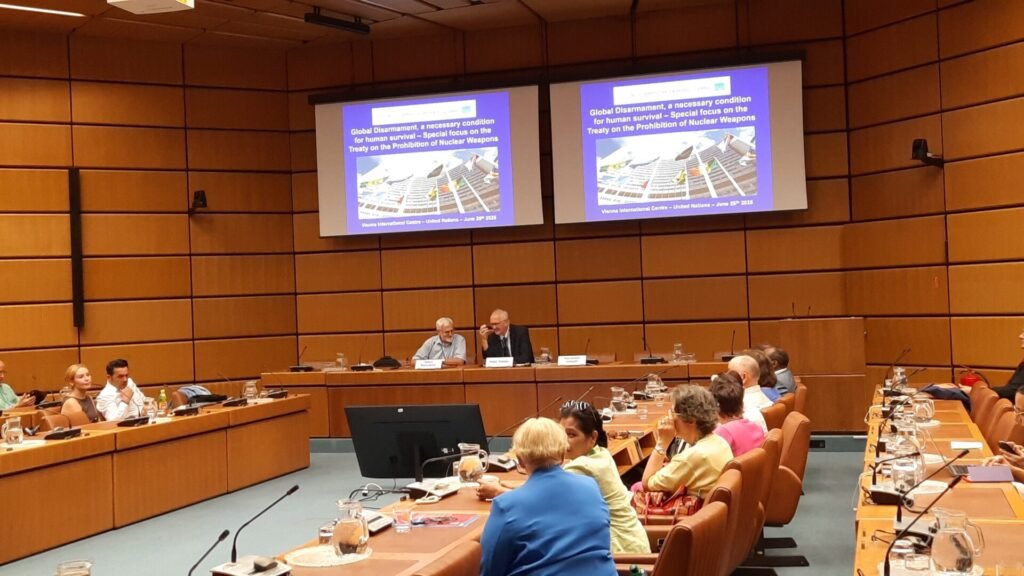
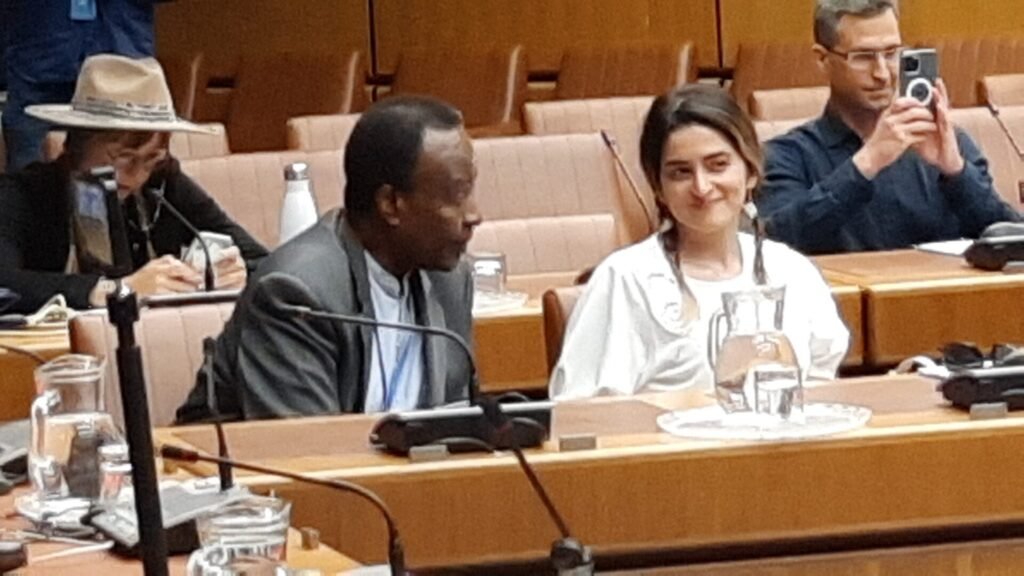
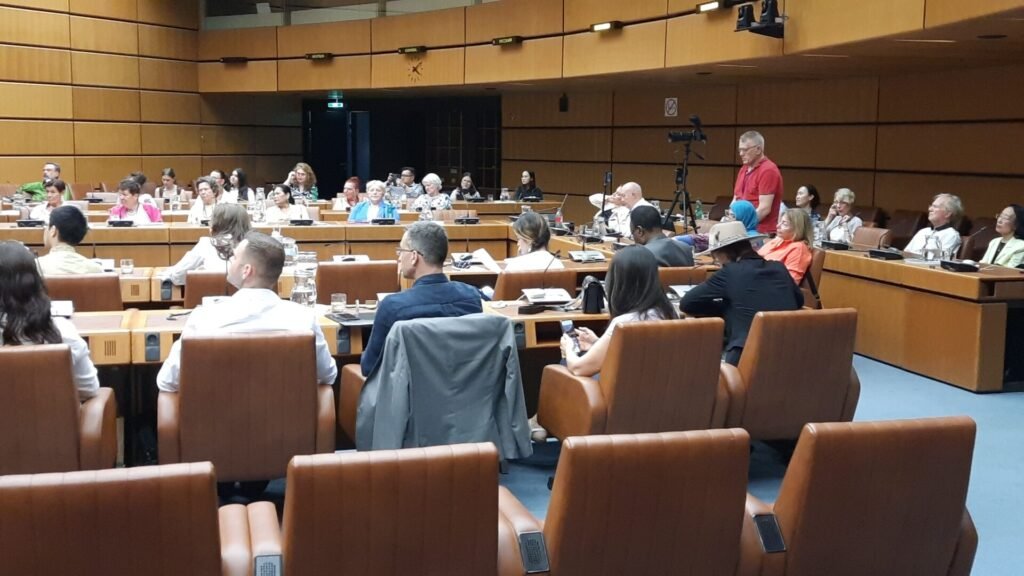
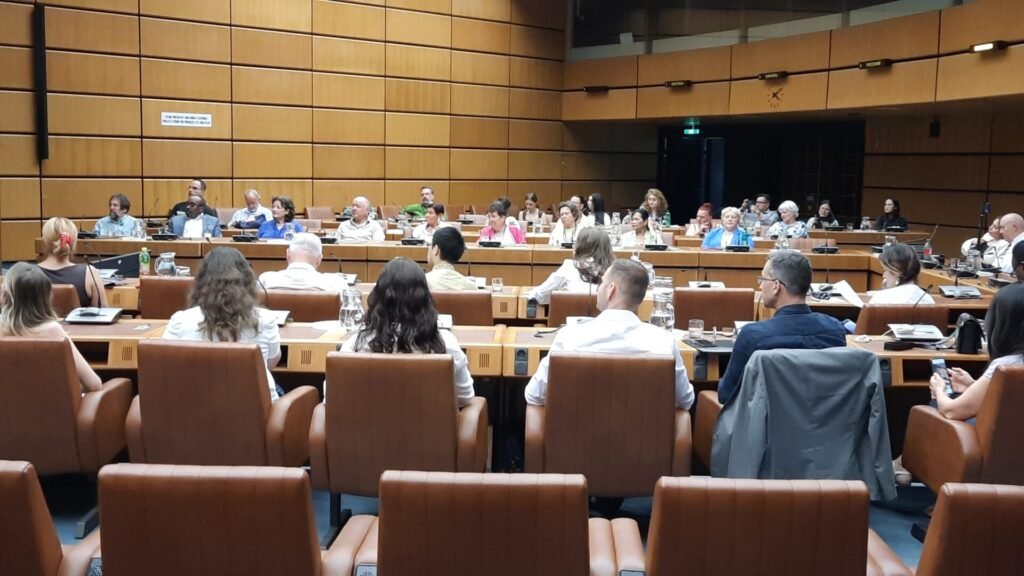
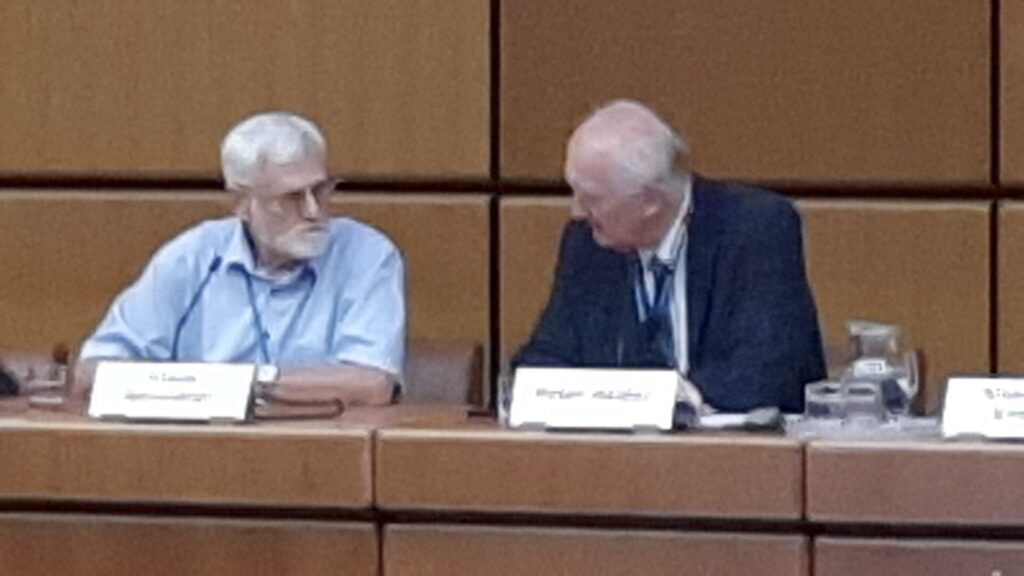
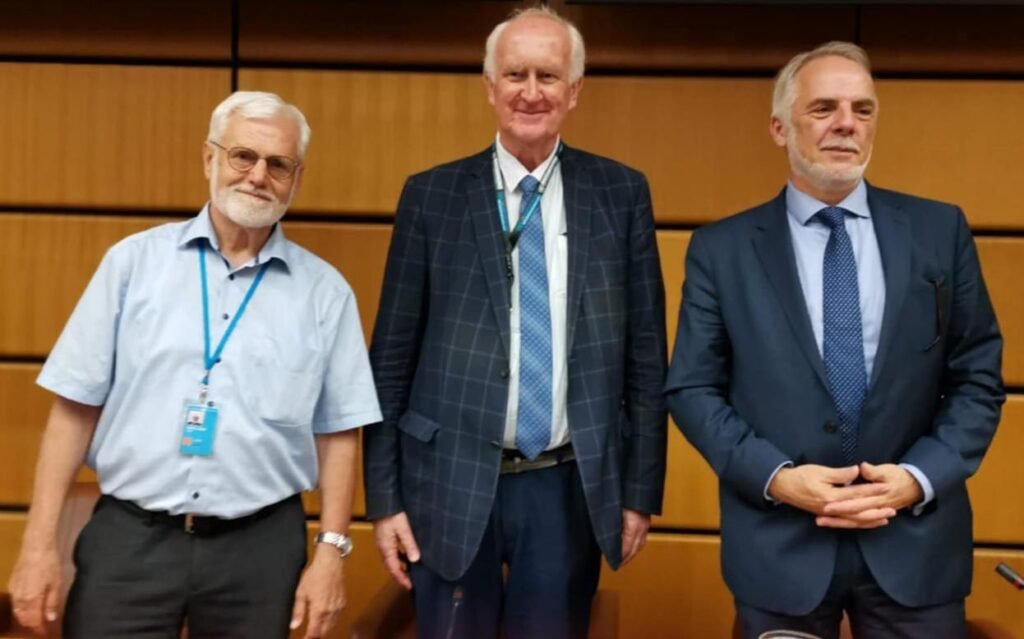
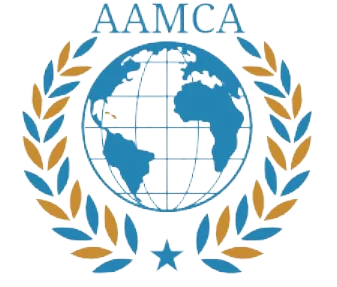
 from Africa, Asia and United Nations here for your comfort in different languages, but you can click on our translator in different languages on our Website.
from Africa, Asia and United Nations here for your comfort in different languages, but you can click on our translator in different languages on our Website.